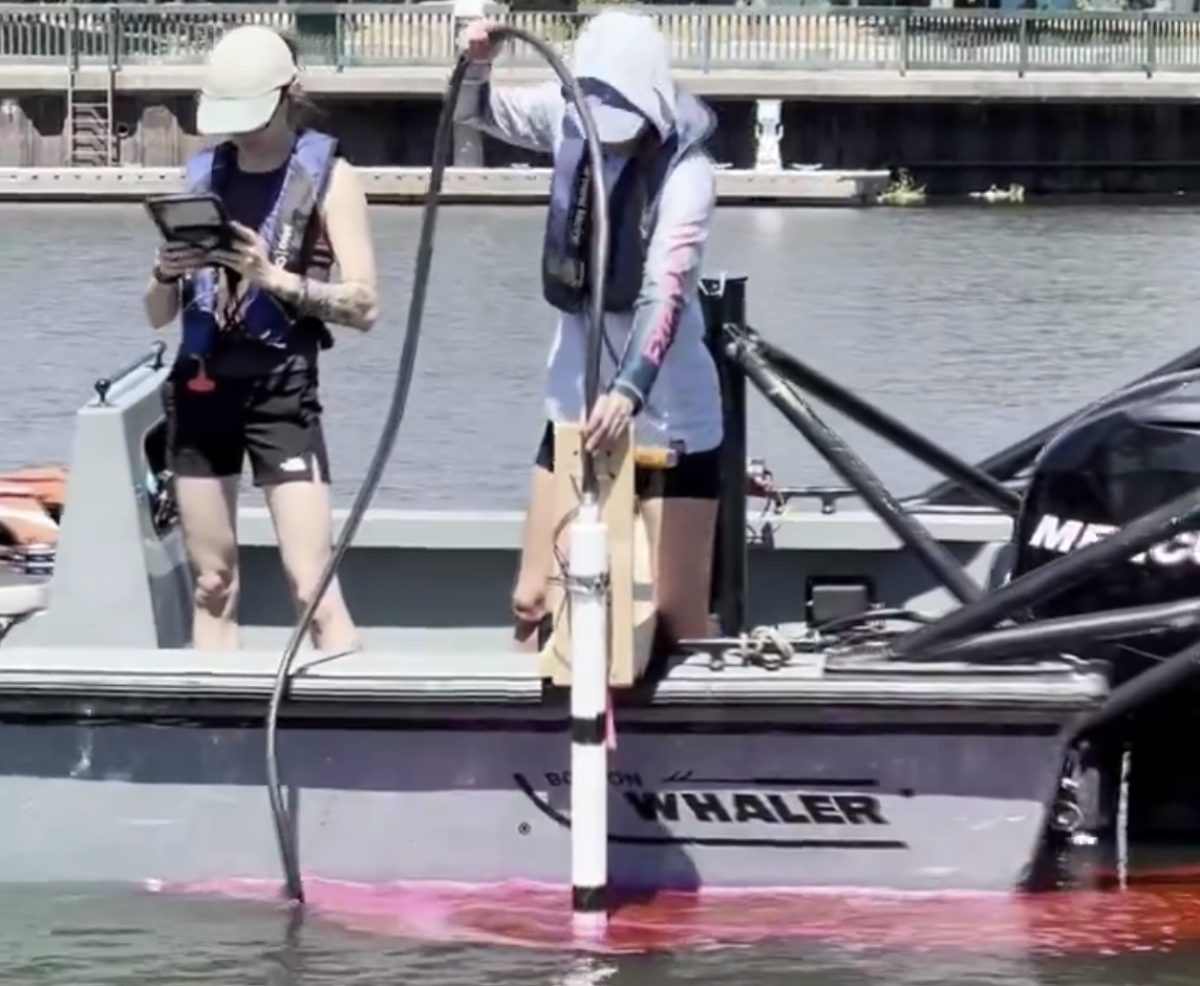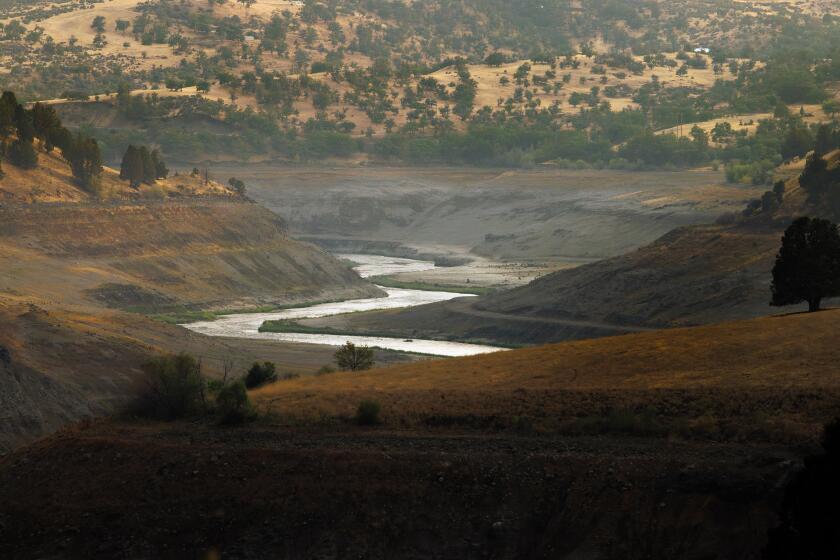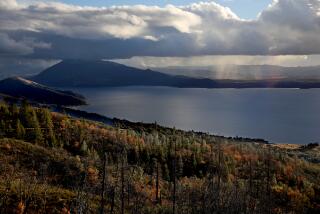A California lake turned pink this week â in the name of science

Stocktonâs McLeod Lake is looking pretty in pink this week.
The splash of color is part of a study being conducted by the California Department of Water Resources, which is dumping pinkish dye into the water to figure out why the lake has become a hot spot for harmful algae.
Hazardous algal blooms, which can be toxic to humans, pets and aquatic life, popped up in McLeod Lake in 2020 and 2022 but â curiously â not this year. So scientists are using the dye to record the flow of water, which theyâre hoping will answer the question of why the algae spreads some years but not others.
Crews started dumping the rhodamine dye into the water Monday and will complete the study by Friday, according to a news release.
The dye is temporary and harmless to humans. But it is definitely visible. KCRA 3 video showed the blue-green water turning a stark shade of purplish-pink as crews used long poles to distribute the dye evenly at different depths.
The largest dam removal project in U.S. history has freed the Klamath River, inspiring hope among Indigenous activists who pushed for rewilding to help save salmon.
The blue-green algae, known as cyanobacteria, is a natural part of the ecosystem but can rapidly grow under certain conditions, including warm temperatures and calm water. When the algae âbloomsâ so quickly, it can produce toxins leading to loss of appetite, vomiting and even jaundice and hepatitis for swimmers.
When the blooms are big enough, they can turn the water fluorescent green and make it smell putrid. After a particularly big bloom at McLeod Lake in 2006, Stockton installed a bubble system in the Stockton Deep Water Channel to oxygenate the water and break up the algae, the Record reported.
The dye job is the first of two studies that scientists are conducting in the lake. The next one is expected to be scheduled early next year.
More to Read
Sign up for Essential California
The most important California stories and recommendations in your inbox every morning.
You may occasionally receive promotional content from the Los Angeles Times.












